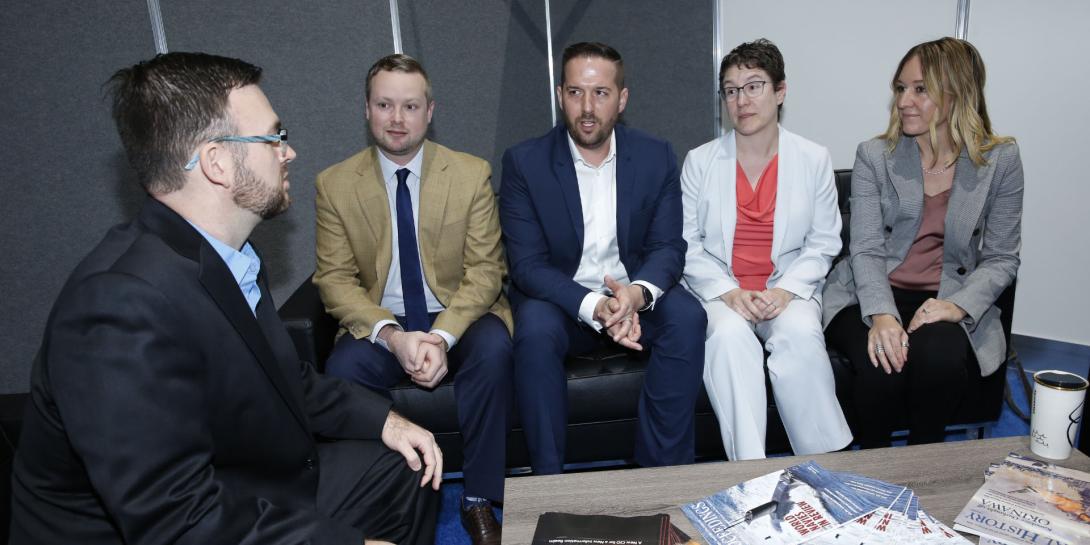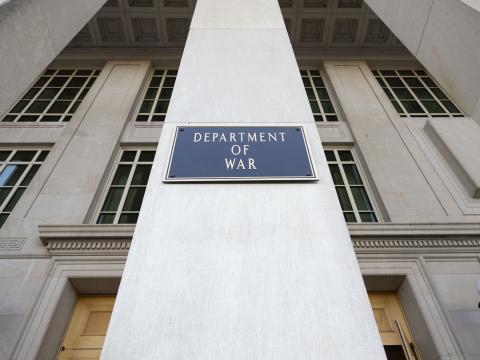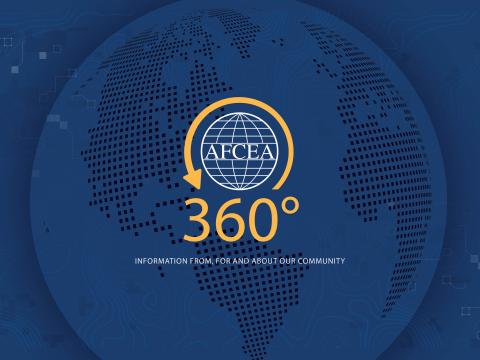Keys to Building High Performing Teams
Certain baseline characteristics exist for successful teams, and the more an organization facilitates the development of such characteristics within their operations, the more effective the teams will be. Google’s Project Aristotle followed 180 teams for two years to identify these traits. A panel of Young AFCEANs discussed the results of this research from their own perspectives at WEST 2020, co-sponsored by AFCEA International and USNI.
The first trait is psychological safety. This is an extremely important factor because people need to feel safe and be willing to be vulnerable and take risks. “They need to be able to say what they need to say,” related Brandon J. Lester, vice president, security engineering, SRC Technologies, and the moderator for the panel of leaders who spoke about their real-life leadership experiences running highly functional teams. The panel is part of the Young AFCEAN Disruptive by Design series.
“Open communications, non-attribution, early and often reporting of challenges and not focusing on blame,” are ways to provide that psychological safety, explained Stephanie D. Tharp, PMW-160 product support manager, NAVWAR 4.0/PEO (C4I).
“The message and mantra are fail fast and always learn,” added Joe C. Rohner, director of artificial intelligence, Booz Allen Hamilton. As a leader of successful teams, it is important to set the tone. “We may not always know the way, but we need to know the next step.”
The challenge for the government is that the mission cannot always afford to take risks. To advance, you should create space for failure, but that is not possible for certain areas and missions in the government, Rohner added.
But you can also open the gates of psychological safety by simply listening, according to Tharp. “I like to meet with new teams and just listen. What does everyone do? What are their accomplishments? What are the issues and challenges? Listen first, without offering thought or direction," she stated.
Cayley Rice, Ph.D., enterprise lead for sensors, collections and phenomenology, Leidos, agreed on the importance of listening, even before forming teams. “If someone doesn’t want a project, we try to find them a different project.” And factor in not only what people say, she added, but also what they do and what their skills are. Determine how to use each person’s talent to make them shine, she stated.
Another trait is dependability and that sets a high bar for excellence. According to Rice, high achiever technical contributors often have conflict. But dependability breeds trust for psychological safety. It also helps self-create structure and clarity, which are other characteristics of highly functioning teams.
While Rohner believes all the characteristics Google identified are important, he said, “If I had to choose one, it would be structure and clarity. Otherwise, you have chaos and no individual ownership.”
Successful teams also thrive when the work is important to the people on the team. “A sense of coming up with solutions for the greater good of the DOD” motivates the group led by J. Michael Whelan, director, Commercial Item Group West Technical Team, Defense Contract Management Agency.
It is important that the team operate in a cohesive manner, bringing forth a combined vision to solutions outside of day-to-day case work, Whelan explained.
A final key characteristic of the Google list is that the work being done must matter. One of the great things about the government environment is the mission. Mission can drive teams, even if it doesn’t always result in creativity, explained Rohner.
While the teams that have these characteristics typically are high functioning, much also depends on their leadership.
Leaders must keep in mind that there are not many people who come to work wanting to do a bad job, said Tharp. If there is a problem, look for a root cause and take time to figure it out, she advised. “This can be an opportunity to get more performance out of the changes.”
The “aha” moment for a leader often comes late at night, when the project does not feel like work anymore, and the team comes together for the greater good.





Comments